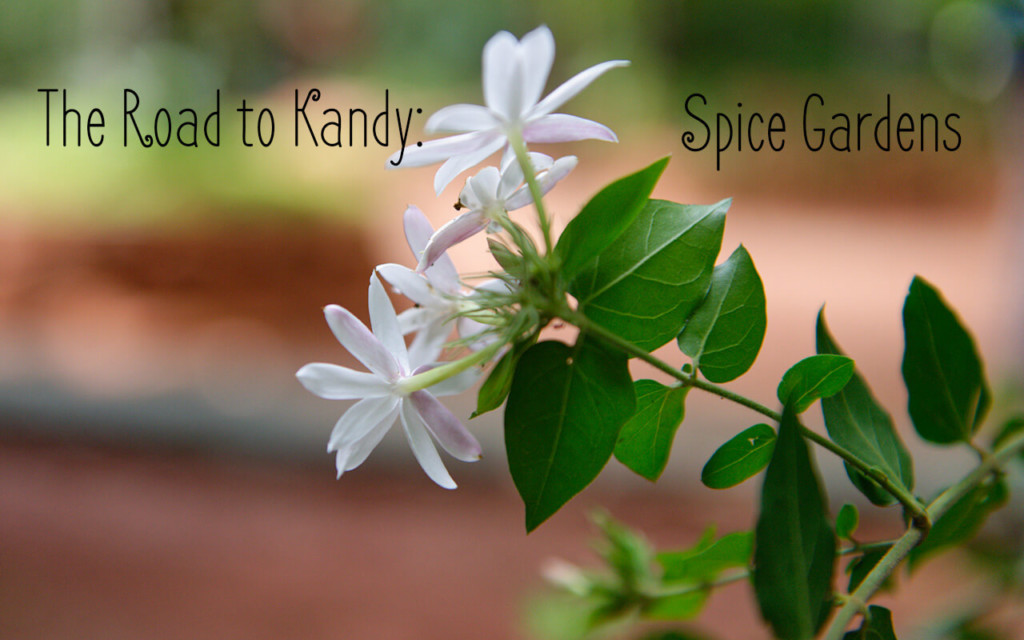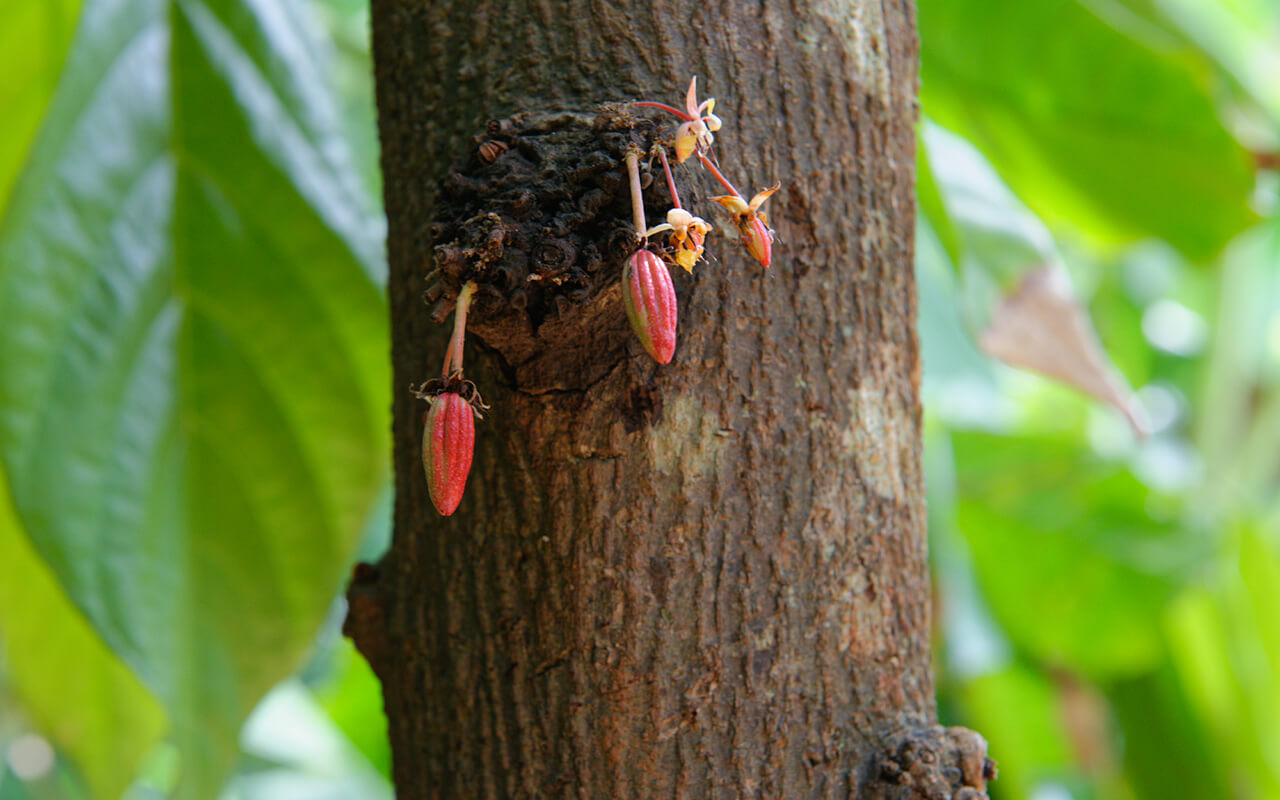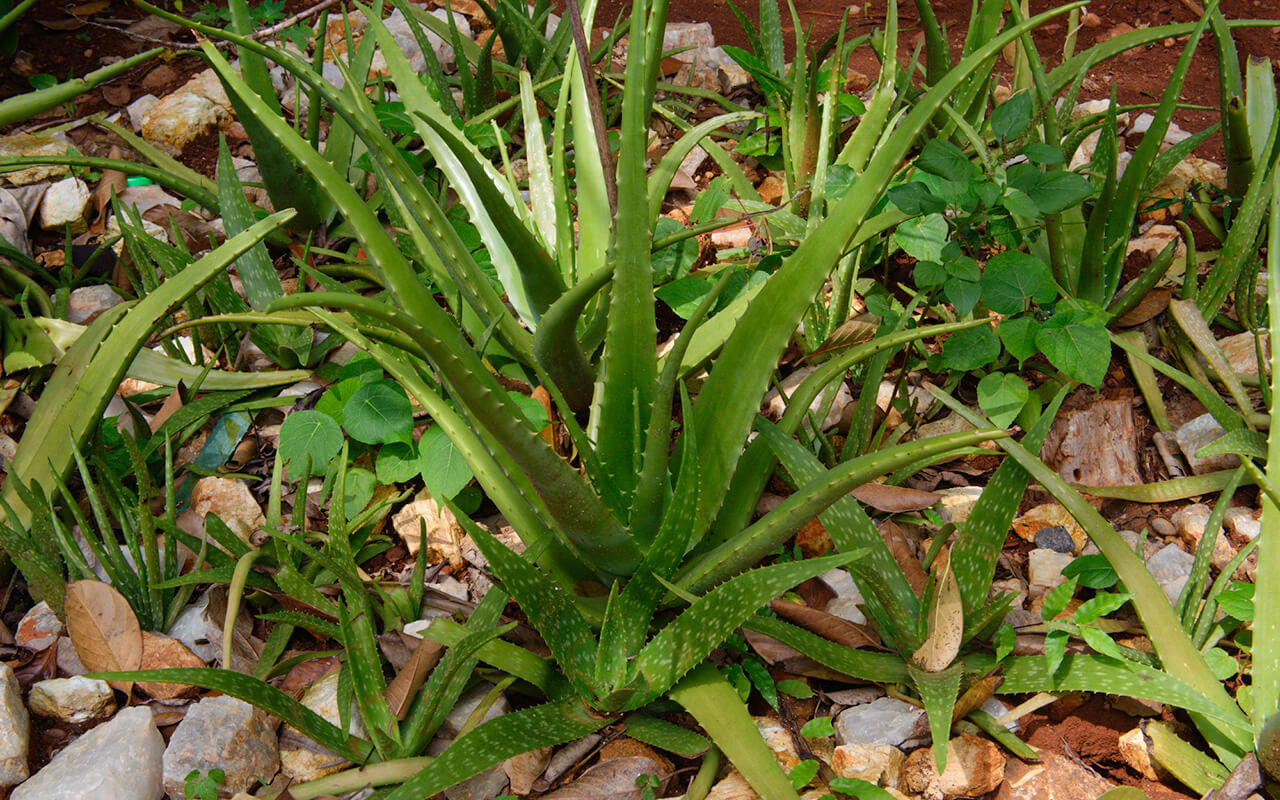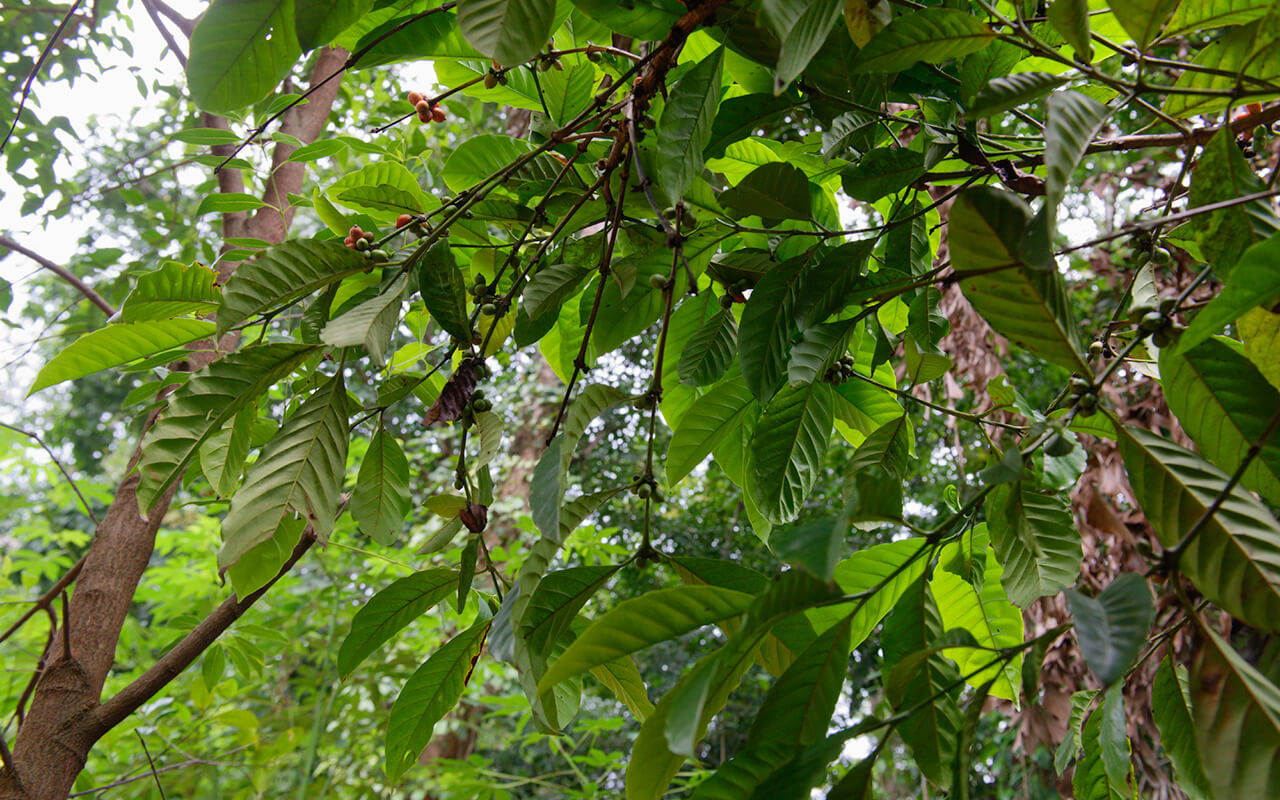There are many things to see and do on the Road to Kandy in order to discover the secrets of beautiful Sri Lanka. One thing that immediately tempted me when I began reading about Sri Lanka, were the Spice Gardens. I stayed in Colombo in a neighbourhood called Cinnamon Gardens, so I wanted to look into the “spice connection” of Sri Lanka… I am a keen cook and I have an impressive collection of little spice jars in my pantry, but I don’t really know where they come from or how they look just off the tree or shrub…
Table of Contents
The Spice Trade
Sri Lanka is considered by some as the cradle of the ancient spice trade. Indeed, its climate is especially suitable for growing spices. Sri Lanka has diverse micro-climates and soil types, making some spices endemic, hence its importance in the spice trade. For a long time, the cinnamon trade was monopolised by Arabs and North African traders, who arrived in Galle, on the south coast of Sri Lanka, in the 7th Century. At the time, a pound of cinnamon was more valuable than a pound of gold !
Vasco de Gama discovered the route to Asia in 1498 and enabled the expansion of Sri Lanka as a spice trading destination. The spice trade became the biggest trade in the world.
Today, spices are still a major export for Sri Lanka. A Spice Council has been established to promote cultivation and trade.
Spices feature prominently in Ayurveda, an ancient form of medicine, along with herbs and oils, in massage oils, remedies and cosmetics.
The Spices of Sri Lanka
Cinnamon – Kurundu
Also called Cassia, cinnamon is endemic to Sri Lanka. You obtain this unique spice by making shavings (or quills) of the inner bark of the cinnamon plant. Cinnamon has a very long history and was traded in Egypt as early as 2000BC. The Dutch exploited cinnamon in Sri Lanka and made a very successful trade. Today, 90% of the true cinnamon comes from Sri Lanka. Cinnamon has a delicate sweet scent and flavour, and you can also find it in sweets and cosmetics.
Pepper – Gam Miris
This is one of the most famous spices. Interestingly, all the varieties of pepper, black, white and green come from the same plant. Black pepper is the unripe fruit of the pepper plant, piper nigrum, cooked and dried. Green pepper is the dried, unripe fruit, but uncooked. Finally, white pepper is the ripe pepper fruit. Pepper is said to aid digestion.
Cloves – Karabu Nati
Cloves are the bud of an evergreen tree, originally from the Maluku Islands, Indonesia. They are known to help with tooth ache and feature in Ayurveda medicine in the shape of a toothpaste.
Cardamom – Enasal
Also known as the “seeds of paradise”, cardamom is mentioned in sacred texts in India 4000 years ago, and was cultivated as an aromatic plant in the gardens of Babylonian Kings. Cardamom is the third most prize spice, after saffron and vanilla.
Coriander – Kottawalli
You can give flavour to curries but roasting and grinding coriander seeds.
Turmeric – Kaha
You can use turmeric in powder form, as a condiment in curries and to colour food. Also, turmeric is known for its anti-inflammatory properties.
Fenugreek – Uluhal
This spice has a rather unpleasant scent and a bitter taste and is used to flavour and give the necessary binding or thickening effect to curries.
Sweet Cumin – Maduru
You can use this spice in the preparation of curry powder together with coriander and cumin.
Cumin – Suduru
Cumin is one of the ingredients of curry powder together with sweet cumin and coriander.
Curry Leaves – Karapincha
Curry leaves come from a tropical tree, native to Sri Lanka and India.
Lemongrass – Sera
Lemongrass has medicinal, pesticide and preservative properties. You can use lemongrass in cooking and cosmetics.
Gamboge – Goraka
You can use gamboge as a souring and thickening agent in white curries, fish and meat preparations, and certain vegetable curries.
Nutmeg and Mace – Sadikka and Wasawasi
Nutmeg is the seed of an evergreen tree, myristica fragrant, and the mace is the reddish netlike covering around the seed. This spice made for a lucrative trade, mainly exploited by the British in Sri Lanka.
Vanilla
Vanilla is a word of Spanish origin, “vaina”, meaning “little pod”. The pods are extracted from the orchids of the Vanilla Genus. The only natural pollinator of this plant is a type of Mexican bee. Therefore, hand pollination is required in Sri Lanka, making it a very labour-intensive cultivation. Which is why vanilla is the second most expensive spice after saffron. The type of vanilla present in Sri Lanka is Bourbon Vanilla.
The Spice Gardens
There are spice gardens all over Sri Lanka and the jury is very much out as to whether they are a “rip off”. I only visited one, Paramount. In all honesty, I found it a little bit run-down. The guide was very knowledgeable and very welcoming, and there was a great variety of plants. However, the shop was a little basic and the prices were high. I found some nicer spices in Galle, so I wouldn’t rely on the spice gardens for my spice shopping. Either way, it was worth seeing how those fragrant berries and powders start out.
Other visits around Kandy include a batik factory, a tea factory, the famous Temple of the Tooth and the Peradeniya Royal Botanical Gardens.
Related Posts
Things to do in Kandy
Sri Lanka
Geragama Tea Factory
Kandy Sri Lanka
Peradeniya Royal Botanical Gardens
Sri Lanka
Have you visited any Sri Lankan spice gardens? Is there one really worth visiting?






I had never heard of Gamboge! One day I’d love to go along the Spice route. Sri Lanka sounds like an amazing place.
Thanks Nadia, there are some mysterious spices indeed… My favourite is cinnamon!
Gamboge is uded specially for making fish and meat. it tastes so good when it gets blends with curry. specially drinks are made from Gambage to reduce weight . it cuts the cholesterol level of the body and reduce over weight. not only that people make pastes from Gambage. welcome to the spice island and you can explore more!
Thanks Jeni, gamboge looks really interesting, I’ve never had it myself but hopefully I can try it sometime.
Very nice article!
Thanks Anup, I have more content coming up about Sri Lanka!
I had no idea that most of the spices I use came from Sri Lanka! How interesting!
xo, Helene
Hi Helene, it’s interesting to see that all those powders in little jars come from somewhere! I highly recommend taking a trip to a spice garden when in Sri Lanka!
This is amazing. I didnt know about all this. I would love to see that, as I love spices , especially turmeric, cumin and cardamom. It must be so fascinating to see this 😀
Hi Vibeke, thank you for your comment. It’s always nice to see where your food comes from, and this includes spices!
crushed turmeric is used to apply on the body to make the skin more bright with a golden complexion. mixing turmeric with yogurt or curd is ideal.
Hi Jeni, I didn’t know you could use turmeric on your skin, it’s such a great anti-inflammatory! Thanks for the tip!
This is Awesome!..
Thanks Sruthi, I’m very pleased you like it!
Love this article! Just one thing though- Sri Lankan cinnamon is not Cassia. Cinnamon Cassia is very different, the more widely available form that most of the world recognizes as Cinnamon-in their hot chocolates and cakes etc. Sri Lankan Cinnamon is True Cinnamon, aka Cinnamon Zeylanicum
Hi Iman, thank you for those extra details, I guess my source wasn’t quite correct… It’s hard to tell the difference sometimes…